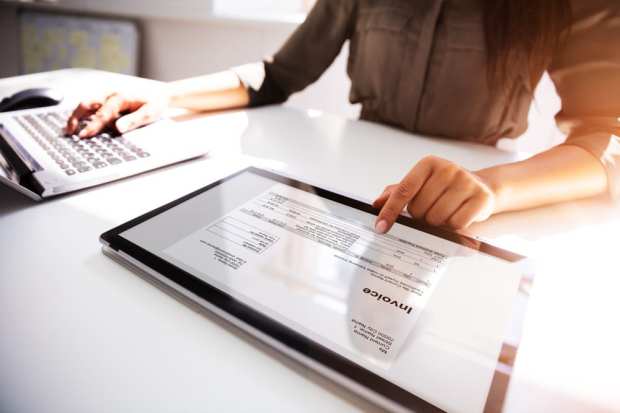Why 2020 B2B Payment Practices May Have Improved

The pandemic can certainly take the blame for troves of business closures over the last year, inevitably resulting in B2B payment delays, or worse: suppliers never receiving full compensation from defunct customers.
But as this week’s B2B Data Digest reveals, the late payments challenge may not always be what it seems.
The latest data suggests that despite the pandemic, B2B payment practices in the U.S. actually improved last year compared to 2019. At the same time, new cases have emerged of business bankruptcies placing vendors in a tough spot without pay. Check out all of the latest data on the late B2B payment challenge below.
55 percent of business closures that have occurred amid the pandemic are now permanent, according to a press release from Charter Capital that cited data from The Wall Street Journal. As a result of these closures, analysts at the invoice factoring company said they expect B2B payment delinquencies to spike.
“It’s not a question of if you’ll have late payments, it’s what you’ll do when it happens,” said Charter Capital Co-Founder and Executive Manager Gregory Brown in the release.
He encouraged businesses to remain diligent about following up with late payers and collaborating with their business clients to ensure timely payments and healthy cash flow.
57 percent of B2B payments were collected late by small- to medium-sized businesses (SMBs) in the U.S. last year, according to new data shared in a press release from Tally Street. The cash flow FinTech’s report, which analyzed more than $3 billion worth of SMB B2B transactions in 2020, discovered widespread payment delays, with 17 percent of those transactions collected more than 30 days after their due date, totaling $1.7 billion.
Interestingly, while Tally Street acknowledged the assumption that the pandemic worsened B2B payment practices, the company noted in the release that these figures are actually an improvement from 2019 B2B payment performance, in which 62 percent of SMB B2B businesses payments were collected late.
“That may seem counterintuitive at first, but when times are good (2019) many businesses loosen their credit policies and collection efforts,” the company said in the release. “Then, they tighten up when the market turns for the worse (2020) and they worry customers may not be able to pay what they owe.”
200,000 customers were being served by Singapore creative marketplace Naiise at its peak, but as the company shutters its physical storefronts, its vendors are left hanging, according to Yahoo Lifestyle SEA. The news outlet spoke with several vendors left either partially or fully unpaid by the company, leading some of those businesses to pursue payments via legal action. A separate report in The Business Times said the brand had defaulted on B2B payments as early as 2016.
$100 million worth of debt is being restructured by Paper Source, but according to NBC News, the company’s vendors remain left unpaid. As executives at the stationary retailer reportedly pursue $1 million bonuses, the publication said suppliers for the company are left waiting on outstanding invoices worth between $5,000 and $20,000.
“We made an effort to pay as many vendors as possible on the first round,” CEO Winnie Park told the publication. “We continue to work with vendors who responded and would like to continue working with us moving forward.”
But for one supplier owed $20,000 from the brand, those missed payments are painful.
“That’s almost two months of operating expenses,” the business owner stated in the report. “I mean, that’s our rent, that’s payroll, that’s me getting paid, that’s making sure my nanny can get paid. You can’t ask for million-dollar bonuses knowing that your vendors need to pay for their kids’ childcare, not their third car.”
